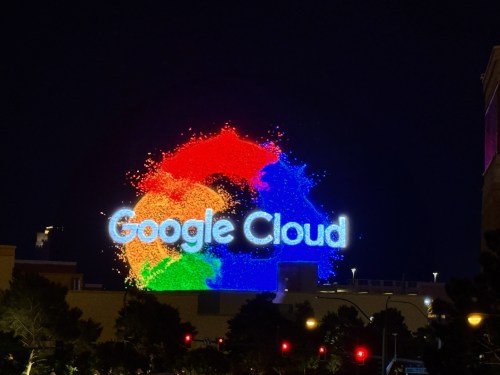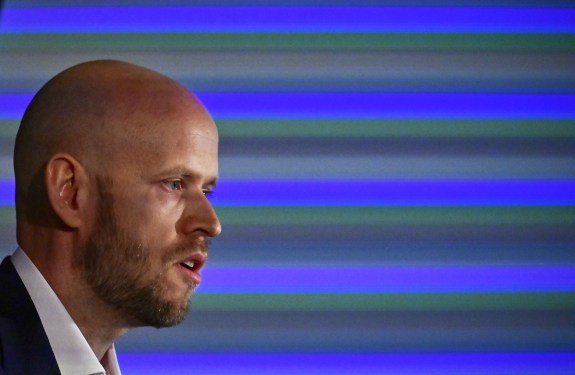At this year’s Cloud Next conference, Google made a significant shift from its typical focus on managed and closed-source products by unveiling several open-source tools aimed at supporting generative AI projects and infrastructure. These new contributions are part of Google’s efforts to foster developer goodwill and advance its ecosystem ambitions.
MaxDiffusion: A Collection of Reference Implementations
The first open-source contribution, MaxDiffusion, was actually quietly released in February but has gained attention at Cloud Next. MaxDiffusion is a collection of reference implementations of various diffusion models, including the popular image generator Stable Diffusion. These models run on XLA devices, which are optimized and sped up specific types of AI workloads using the Accelerated Linear Algebra (XLA) technique.
What is XLA?
XLA stands for Accelerated Linear Algebra, an acronym that might seem awkward at first glance. However, it refers to a technique that optimizes and speeds up specific types of AI workloads, including fine-tuning and serving. Google’s own tensor processing units (TPUs) are XLA devices, as well as recent Nvidia GPUs.
JetStream: A New Engine for Generative AI Models
Beyond MaxDiffusion, Google is launching JetStream, a new engine designed to run generative AI models specifically text-generating models (not Stable Diffusion). Currently limited to supporting TPUs with GPU compatibility supposedly coming in the future, JetStream offers up to 3x higher ‘performance per dollar’ for models like Google’s own Gemma 7 and Meta’s Llama 2.
What is the Performance Per Dollar Claim?
The claim of a 3x improvement might seem exaggerated at first glance. However, it’s essential to note that the specific conditions under which this figure was obtained are not entirely clear. Using which generation of TPU? Compared to which baseline engine? And how’s ‘performance’ being defined here, anyway?
MaxText: A Collection of Text-Generating AI Models
Second-to-last on the list of Google’s open-source contributions are new additions to MaxText, a collection of text-generating AI models targeting TPUs and Nvidia GPUs in the cloud. MaxText now includes Gemma 7B, OpenAI’s GPT-3 (the predecessor to GPT-4), Llama 2, and models from AI startup Mistral – all of which Google says can be customized and fine-tuned to developers’ needs.
What is the Goal of MaxText?
The goal of MaxText is to provide a collection of pre-trained text-generating models that can be used as-is or fine-tuned for specific tasks. By including a variety of models, MaxText aims to cater to different use cases and requirements.
Optimum TPU: A Tooling Framework for Bringing AI Workloads to TPUs
Finally, Google has collaborated with Hugging Face, the AI startup, to create Optimum TPU, which provides tooling to bring certain AI workloads to TPUs. The goal is to reduce the barrier to entry for getting generative AI models onto TPU hardware – in particular text-generating models.
What Does Optimum TPU Offer?
Optimum TPU currently supports only Gemma 7B and doesn’t yet support training generative models on TPUs. However, Google promises improvements down the line to make it a more comprehensive tooling framework for bringing AI workloads to TPUs.
Conclusion
Google’s open-source contributions at Cloud Next demonstrate its commitment to advancing the generative AI ecosystem. By releasing tools like MaxDiffusion, JetStream, MaxText, and Optimum TPU, Google aims to foster developer goodwill and collaboration within the industry. These new contributions have the potential to accelerate innovation in AI research and development.
Related Articles
- UK in-home healthcare provider Cera raises $150M to expand its AI platform
- Open source licenses: Everything you need to know
- Researchers open source Sky-T1, a ‘reasoning’ AI model that can be trained for less than $450
Sign up for our newsletters to stay updated on the latest in tech
By submitting your email address, you agree to our Terms and Privacy Notice.






